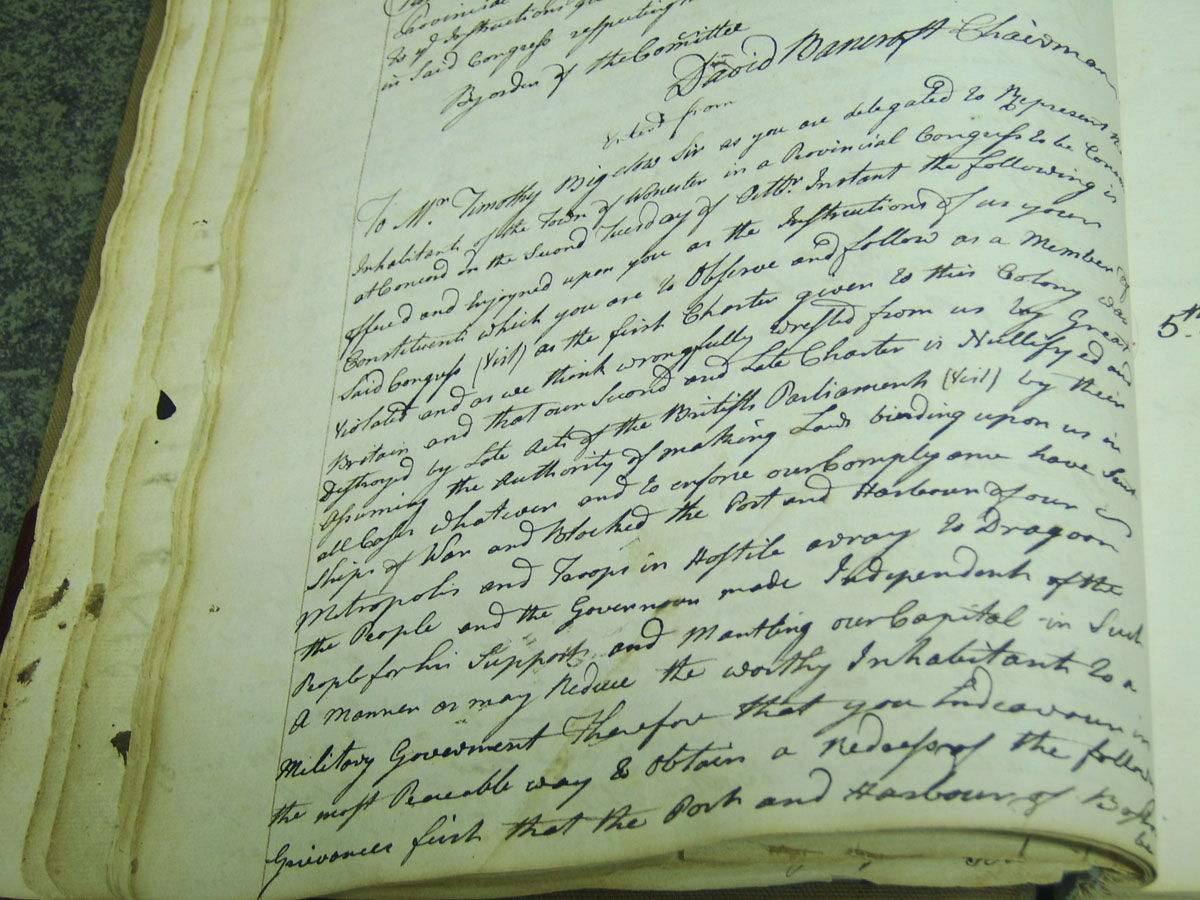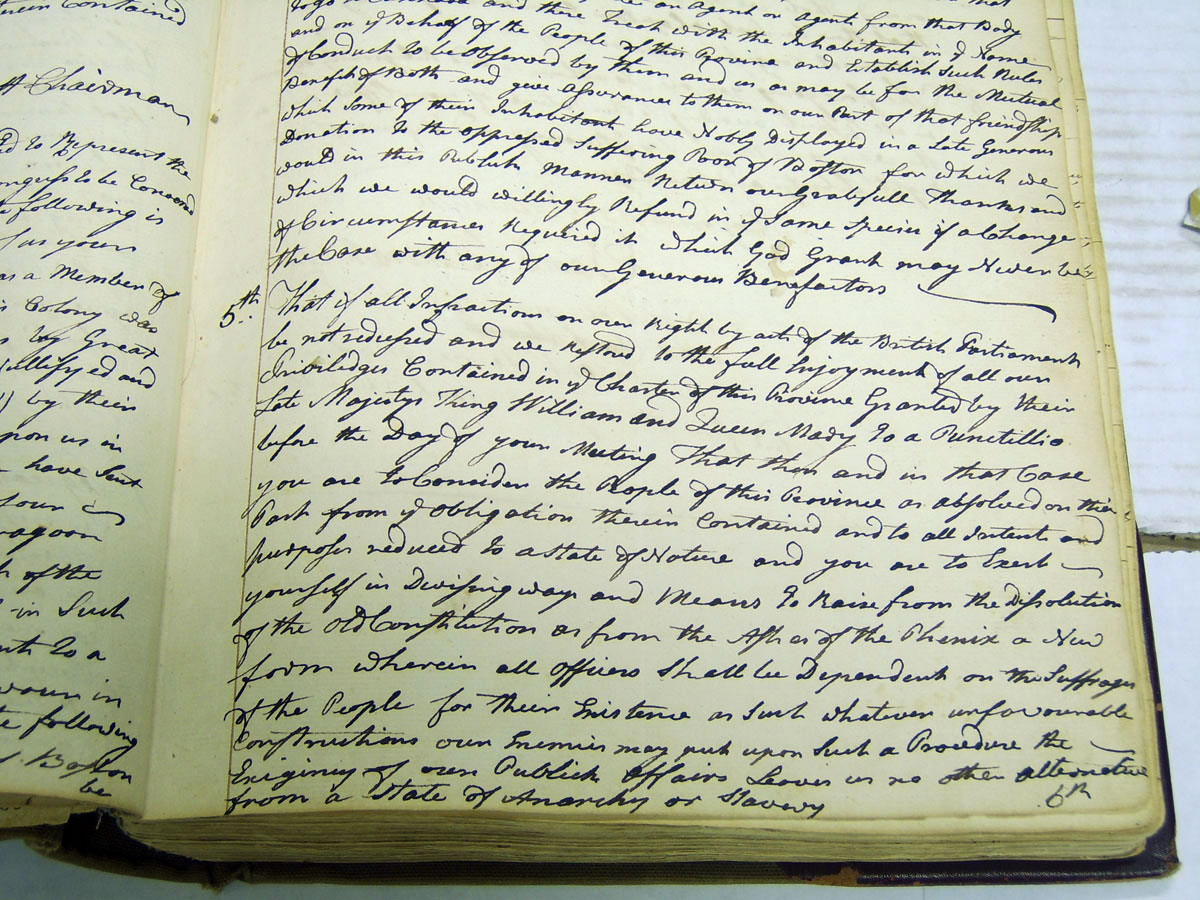A Declaration of Independence twenty-one months before July 4, 1776
On October 4,1774, the Worcester (Massachusetts) Town Meeting issued instructions to blacksmith Timothy Bigelow, whom it had chosen for its representative to the forthcoming Provincial Congress:
You are to consider the people of this province absolved, on their part, from the obligation therein contained [the 1691 Massachusetts charter], and to all intents and purposes reduced to a state of nature; and you are to exert yourself in devising ways and means to raise from the dissolution of the old constitution, as from the ashes of the Phenix, a new form, wherein all officers shall be dependent on the suffrages of the people, whatever unfavorable constructions our enemies may put upon such procedure.
Exactly twenty-one months before the Continental Congress would approve its own Declaration of Independence, the citizens of the town of Worcester had decided it was time to form a new government, no matter what anybody else might say. This is the first recorded declaration of the intent to form an independent government by a public body in British North America that has come to light. For more context, see First American Revolution, 157-160; Founders, 150-152. For attempts by John Adams and Samuel Adams to slow down this grassroots move toward “independency,” as they called it, see Revolutionary Founders, 50-51.
Reproduced here are portions of the instructions from the October 4, 1774 Town Meeting, from Worcester’s Town Records, volume 4, kept in a vault in the basement of Worcester City Hall, with permission from the Worcester City Clerk. The declaration in favor of forming a new government appears in the fifth instruction on the second page. The first sentence to the fifth instruction states a contingency: Bigelow is to proceed with his instructions only if the William and Mary Charter is not fully restored before the first day the Provincial Congress is to meet. Dates here are key: the instructions were given on October 4, and the Congress was to meet October 5, the very next day. Clearly the charter would not be restored by then, and Bigelow would then be bound by this instruction.
A transcription of the complete instructions appears in Albert A. Lovell, Worcester in the War of Revolution, pages 48-50, accessed through Open Library. The sixth item instructed Bigelow to “desist from acting any further” on the matter of constructing a new government if the “advices” from “the Continental Congress, now meeting in Philadelphia,” did not “perfectly coincide” with the instructions from the Town Meeting. In other words, the people of Worcester were ready to form a new and independent government, but not if other colonies disagreed. Although Worcester pushed for independence, it would not take that route alone. This declaration foreshadowed the ninety instructions in the spring of 1776 from state and local bodies pushing their representatives to higher bodies to vote for independence. (See Pauline Maier, American Scripture: Making the Declaration of Independence (New York: Alfred A. Knopf, 1997).

